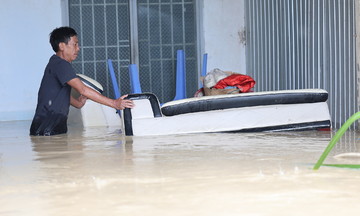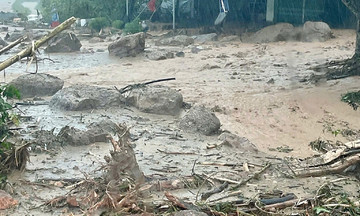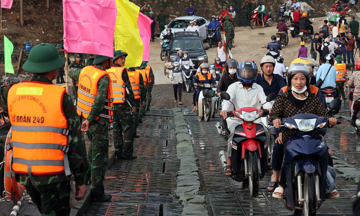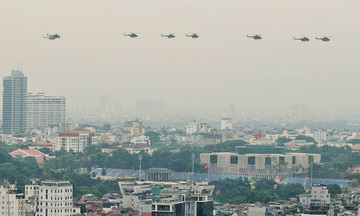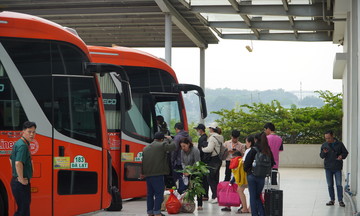On 19/7, Pham Anh Tuan, chairman of the Gia Lai Provincial People's Committee, instructed the communes to survey their schools and evaluate their current condition to create plans for investment and expansion, ensuring adequate facilities. In addition to classrooms, the plans should include play areas, semi-boarding facilities for students, and staff housing for teachers.
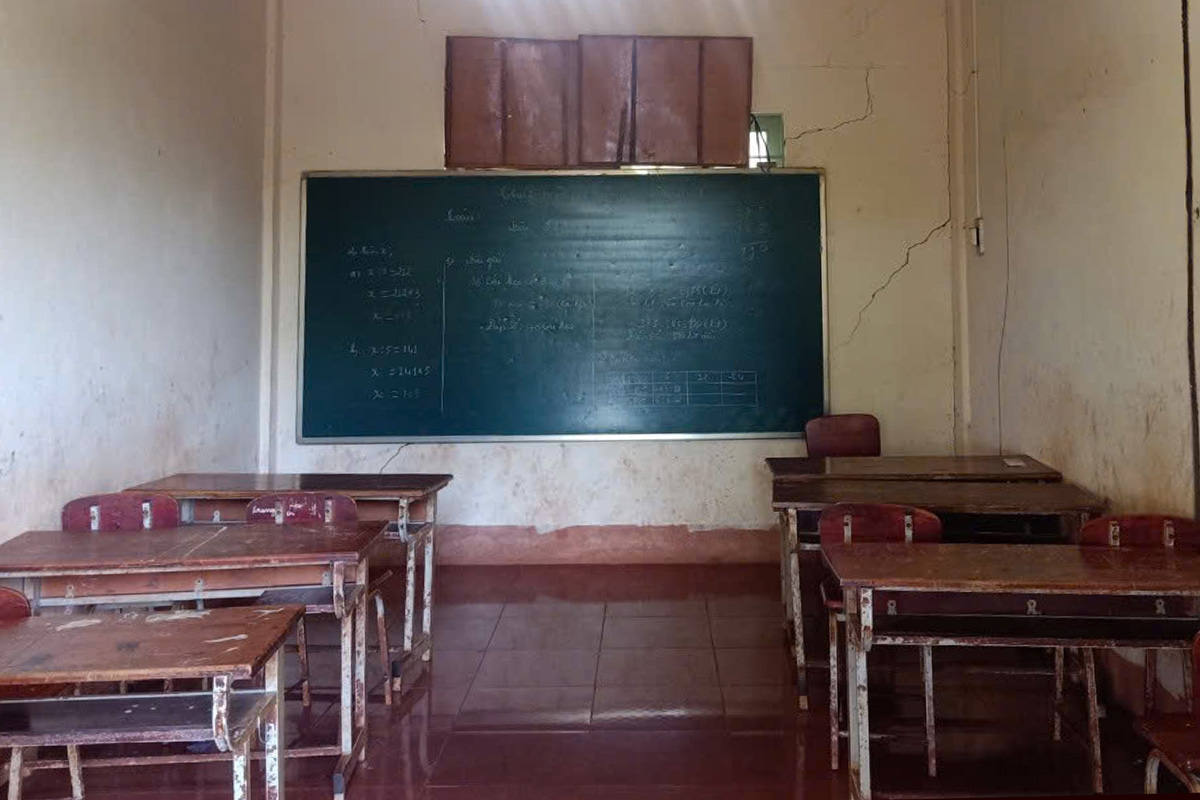 |
Many classrooms in Gia Lai's border region have deteriorated. Photo: Ngoc Oanh |
Many classrooms in Gia Lai's border region have deteriorated. Photo: Ngoc Oanh
"This is urgent and needs to be implemented quickly so students can benefit from the new facilities and schools as early as 2026," Tuan said, adding that the central government is expected to invest 150 billion VND in each border commune for school construction, staff housing, and agency offices.
Gia Lai province has seven border communes adjacent to Cambodia (90 km): Ia Puch, Ia Mo, Ia O, Ia Chia, Ia Pnon, Ia Nan, and Ia Dom.
These seven communes have seven preschools and kindergartens, six primary schools, four lower secondary schools, three combined primary and lower secondary schools, and one upper secondary school, with over 10,300 students. Of these, 7,134 students need boarding or semi-boarding facilities. Most schools lack these facilities. Teacher accommodations primarily consist of old, repurposed rooms, some of which are dilapidated.
Commune leaders believe that semi-boarding schools are suitable for the local context. Most students are from ethnic minority families whose parents work in the fields during the day and need their children to have lunch and stay at school. Children of workers in local forestry and agricultural companies also need semi-boarding options.
The Politburo recently approved a policy to invest in building combined primary and lower secondary boarding schools in 248 border communes nationwide.
Initially, 100 schools will be newly built or renovated by 2025 (at the latest, by the start of the next school year) as a pilot project. These schools will serve as models for wider implementation, aiming to complete the construction of all 248 schools within the next two to three years.
Tran Hoa




